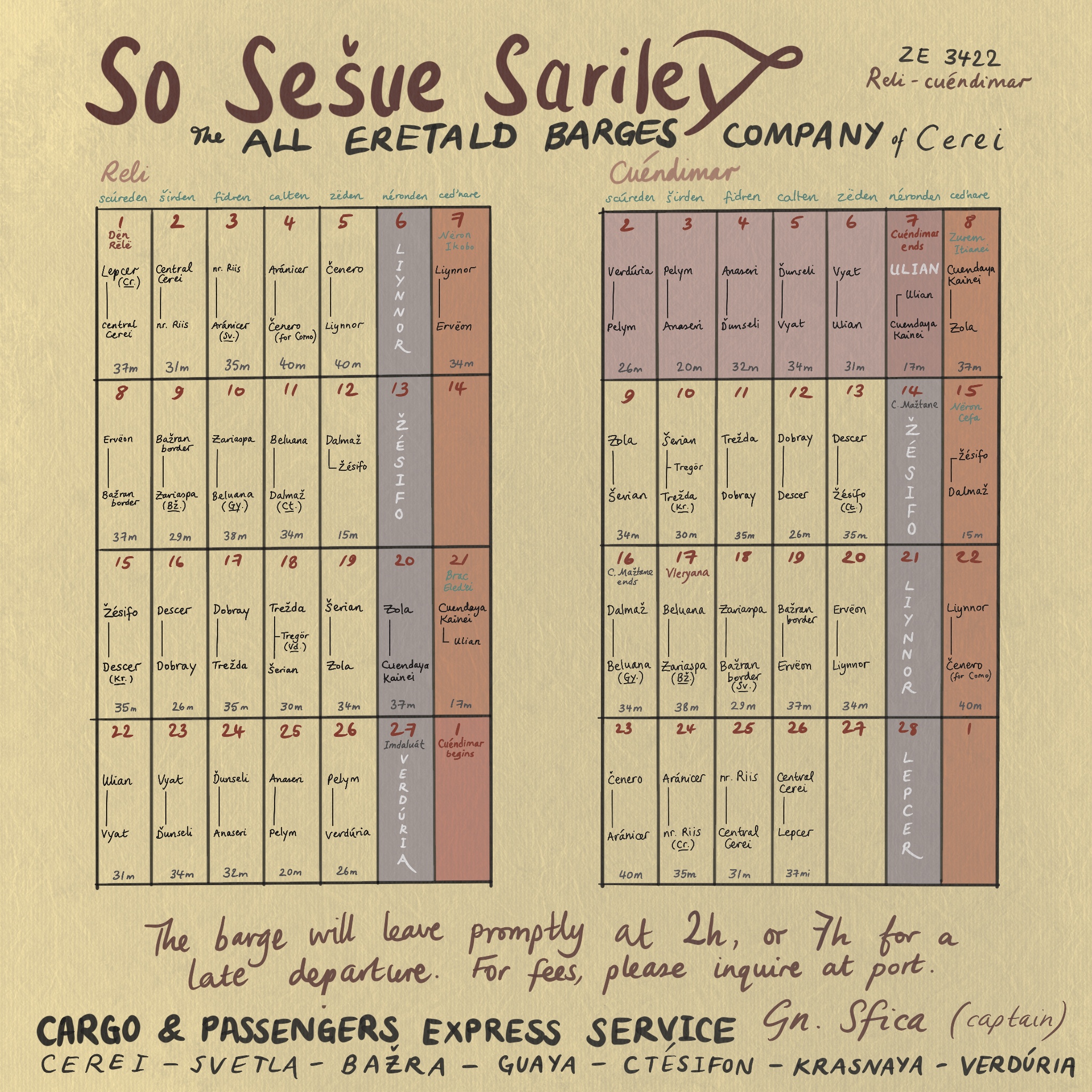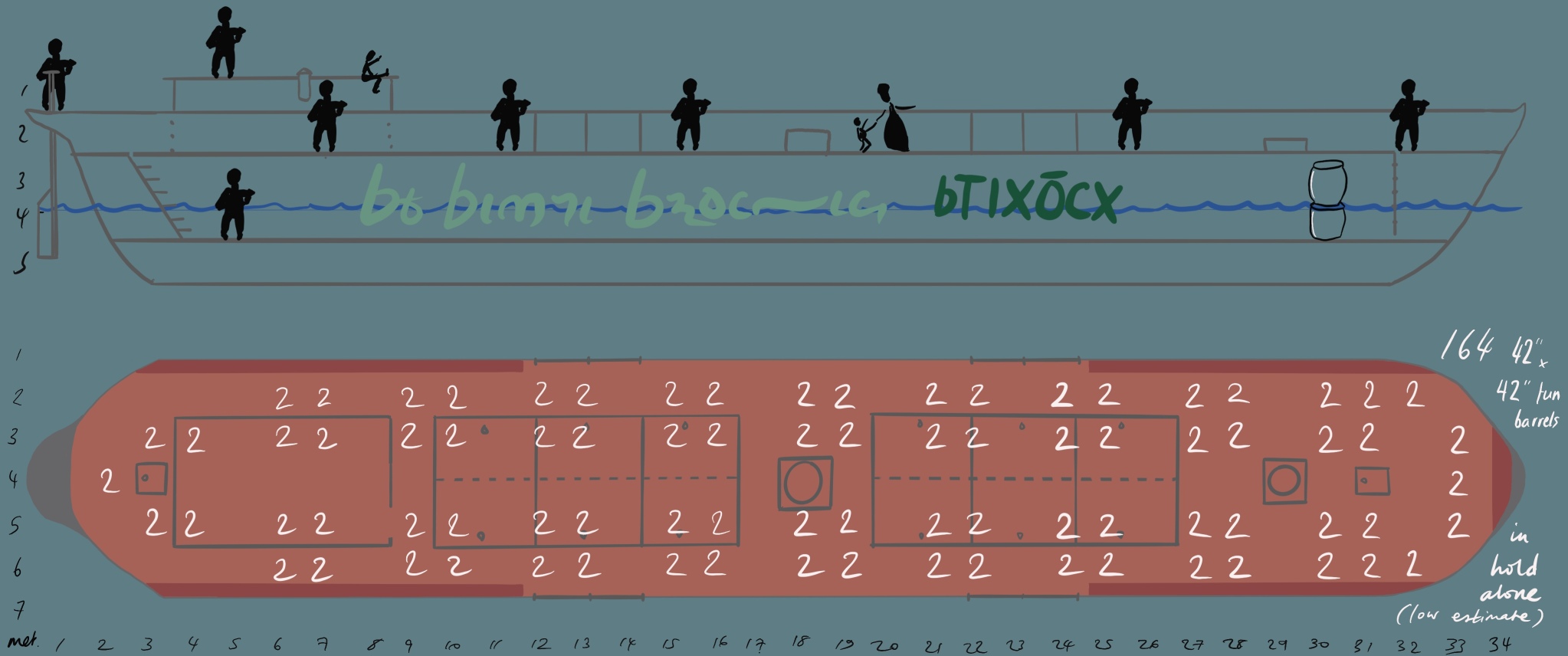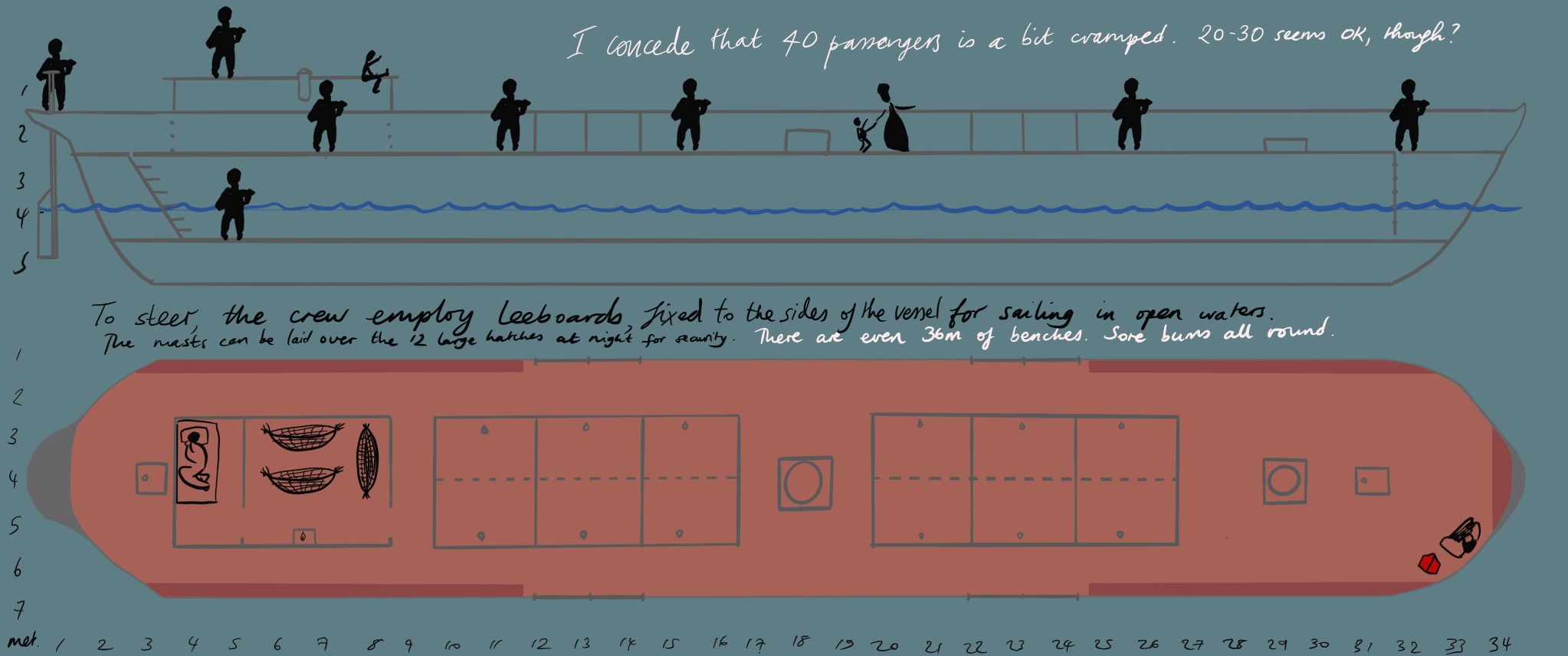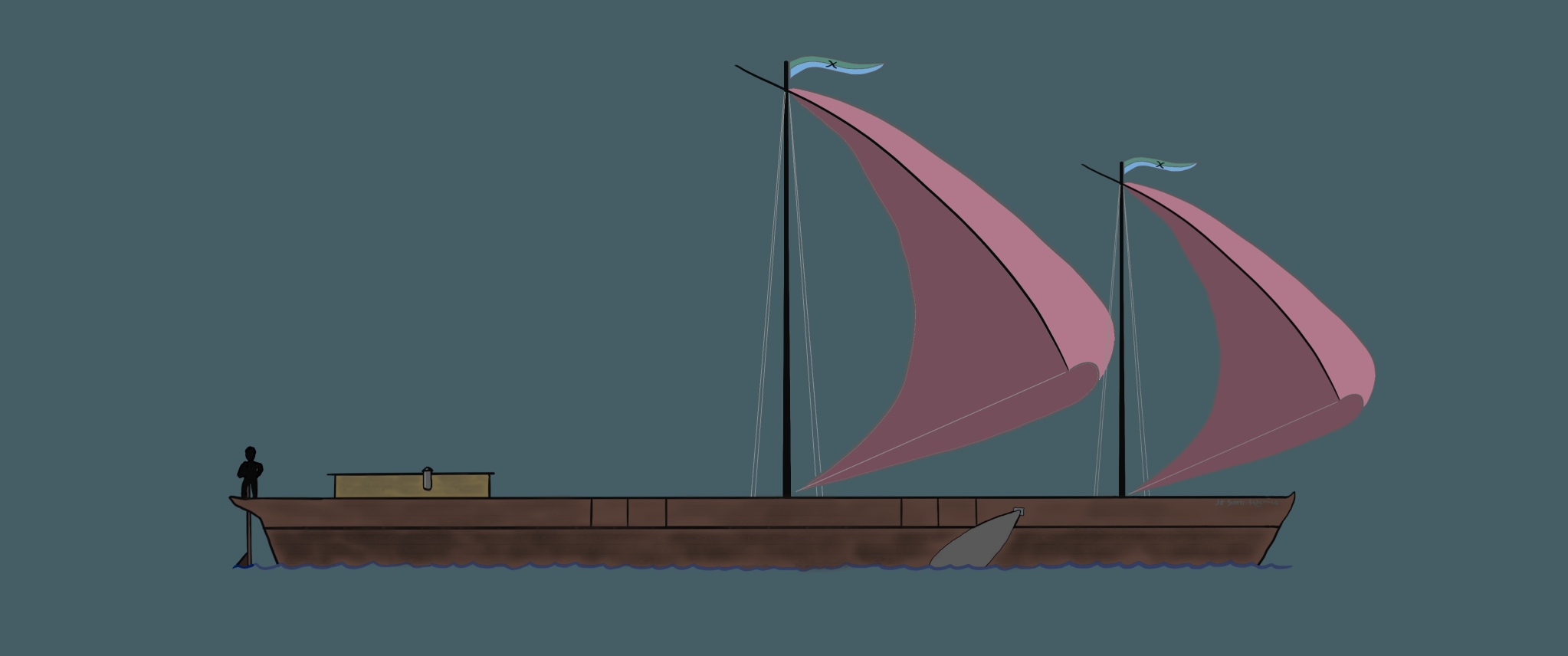River transport in Eretald
Posted: Tue Jan 30, 2024 6:53 am
I've been thinking a lot about river transport in Eretald. I think I've read what's available to read on it; and I have a couple of questions.
A couple of remarks:
- How is upriver shipping generally powered? (Question can be taken to be relevant to any era, really, before steam.) I think the options are:
- oars
- sail - if there are good northerly prevailing winds? (If so, is this all year round?) And lots of tacking...
More: show
- animal traction
- human traction - people literally dragging them
- people rowing out and chucking anchors ahead of the ship, attached to winches which the boat reels in
- a system of hitch-posts along the river which are used to attach ropes to in the same manner, carried forwards by rowers or riders (I might have just invented this...??)
- dare I say... magic?
- Does upriver transport take longer than downriver transport? (And related - is it priced differently?)
- Do riverboats generally venture all the way up to Verdúria city? (If so, they presumably have to be seaworthy.) Or is there a big trade in e.g. Pelym / Anaseri in loading goods from river craft onto seaworthy vessels? / Vyat (with its new steamer service?) (Or is the Gulf of Verdúria a bit less ocean-y than I am imagining?)
More: show
A couple of remarks:
- I think it might make more sense for the return journey to be expected to be significantly slower. This barge could leave Lepcer every three months, for instance, aiming to reach Verduria within 4 weeks, and then resting for the time it takes less than 8 weeks to do the return journey. (The schedule would of course change to reflect that.)
- I don't quite know what kind of vessel could take a large amount of cargo, navigate the Gulf, and still make it back up river - unless it has oars, which then need their own infrastructure and a large amount of the carrying capacity of the ship given over to the rowers... and doesn't 'feel' a modern approach, though that's kinda my modern bias. It seems on some river systems, pre-modern barges were actually disassembled at the downriver destination and sold for parts, the return journey just being too onerous to be profitable. Or 'passengers' were taken on for free to row back; or even drag the barges if necessary.
More: show
- Perhaps long river journeys like this, and larger ships doing them (I've said there are 40 passengers on board So Sešue Sariley, and cargo), are less usual than I was imagining, and there are more like lots of little trips and passengers might be changing vessels every few ports? (I guess there's probably a mixture of these approaches, with long trips getting more common into the modern era...?)
- Perhaps the winds are more favourable and reliable than I am giving them more credit for? This seems to have been the case in Ancient Egypt - float down, sail up worked remarkably consistently.



